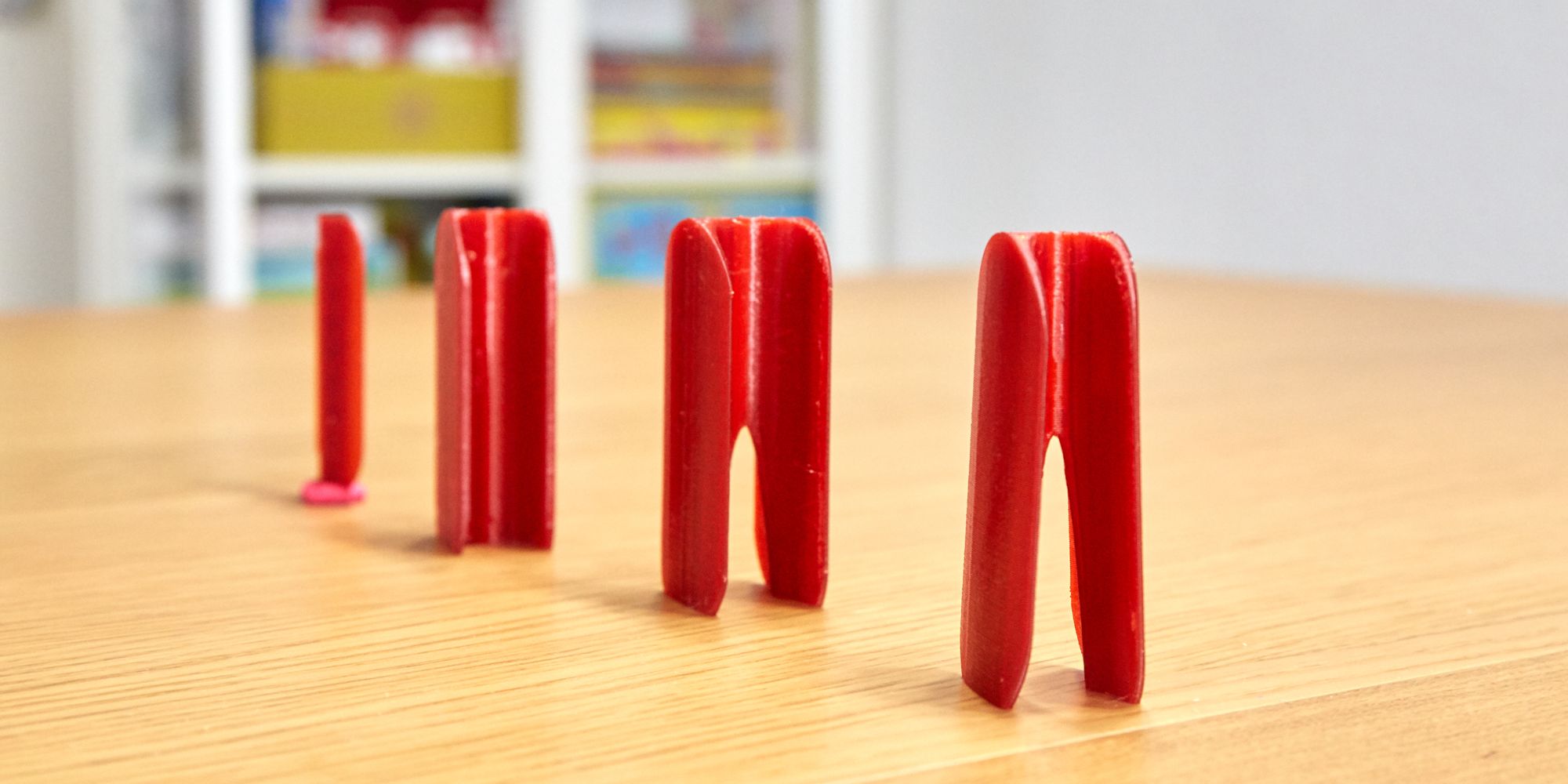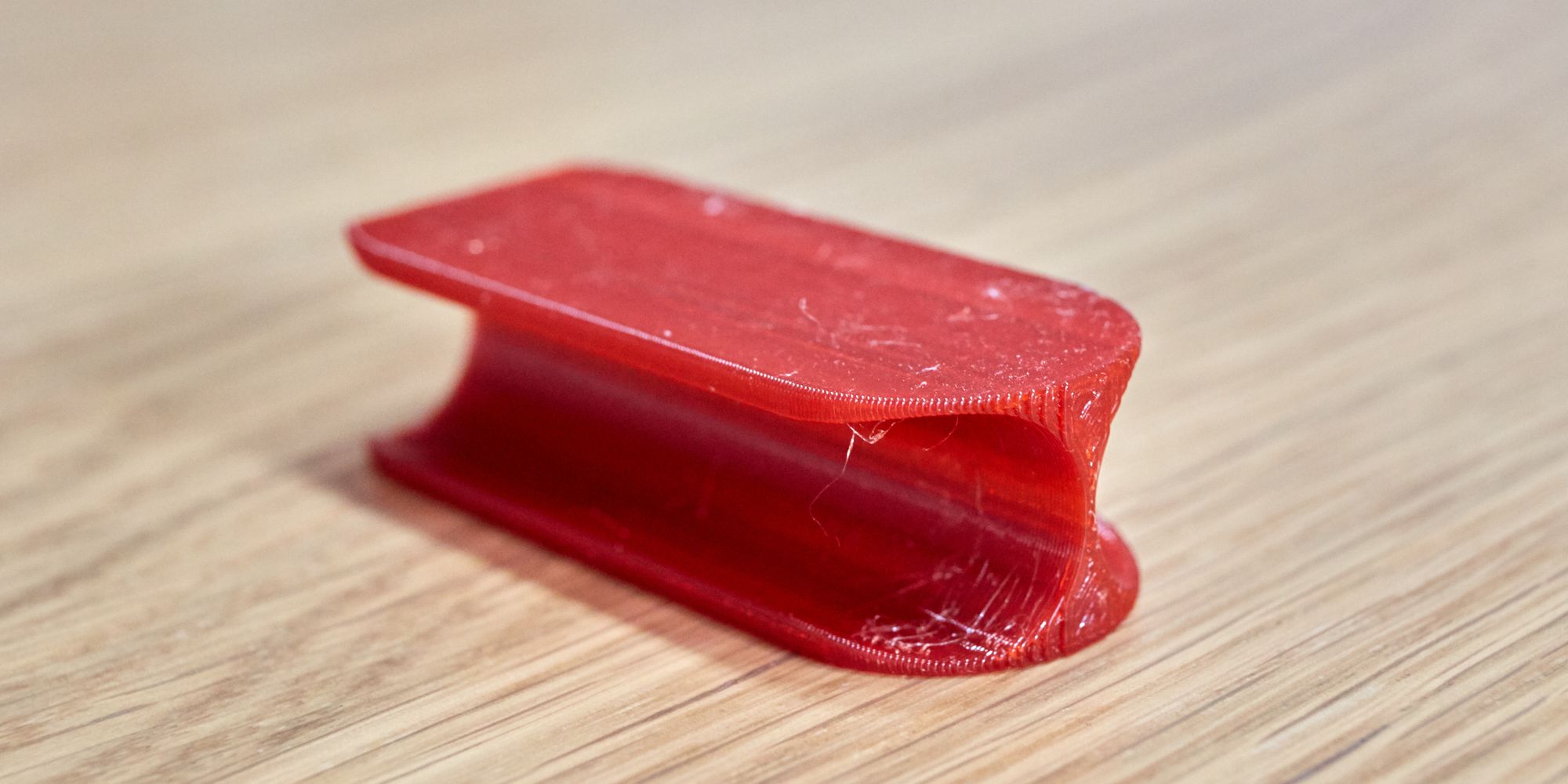Prolog
Although we never talked about it, this year is destined to become a "travel year" for our family. We recently bought a car; our youngest kid already has a few months; now, it's time to explore what's around us. On the first of January, we drove to a marvelous ice palace near Schwarzsee in Switzerland. While we were walking along the trails of the frozen palace, my wife slipped and fell on icy ground. She managed to minimize the fall damage but ultimately struck her finger joint. The pain didn't go away for a week. While there were no fractures, a doctor suggested to tape fingers together to reduce motion and aid in recovery.
Taping two fingers together didn't make any sense for us. A tape is soft, and it won't restrict the motion that much. Tape does not breathe, and the adhesive compound can irritate the skin. Sometimes it's necessary to remove the restricting cast and put it back (to wash hands, etc…), and with tape, it's cumbersome.
This is why we thought about printing something to support the fingers while a bandage will hold everything together.
Rapid prototyping
There is no way to model something comfortable from the first try, especially if it has to interface with the human body tightly. This is why I made a few preliminary measurements with my trusty calipers, designed a most trivial prototype, and kept trying, and adjusting until it was acceptable.

In total, I printed four prototypes, and the last one became the cast that my wife would use. In this blog post, I'm describing each prototyping step that I went through.

First, I designed a mostly flat plate with a small curved ridge to fit between the fingers. This could already provide some support when bandaged to the fingers, and I could check if the length is appropriate and if the finger curvature makes sense.

Afterward, we decided to have something which encloses fingers from both sides. I increased the width so that the cast would wrap around the fingers, and we can test the fit even better. I also increase the length a bit. The main outcome showed that the holes are too small for the fingers.

The third prototype had larger openings for fingers and curved outer walls to make it sleeker. In the previous prototype, we noticed that the separator between fingers is supper uncomfortable at the place closest to the palm. Hence, this version also had a cutout between fingers. The third prototype had a good fit and could be used as a cast for fingers.

In the last prototype, I optimized the remaining deficiencies of its predecessor. To improve ergonomics, the whole model (both the external profile and the channels for fingers) narrows down towards the finger ends. I increased the length and enlarged the cutout between the fingers. This is the last prototype which my wife used for several days until the pain went away.
Oh, and have you seen the layers? I printed the model at 0.3mm layer height (the DRAFT quality in PrusaSlicer). I did this because printing speed was the main factor — it's a prototype, after all. Also, as there were not many slopes on the Z-axis, the final 0.3mm prototype was utterly usable, and thick layers didn't cause any annoyance.

Epilog
Unlike other posts, here I'm not motivating you to do the same. In fact, I hope you never have to do something like this. Also, there is no reason to share the finger cast model with other people. Everyone has different anatomy, and my model will most likely never work for others.
But think about this: my wife injured a finger and needed some assistance with recovery. I made a good cast such that:
- it fits my wife's fingers well;
- it didn't take much time to make (≈3 hours in the evening);
- I could make it entirely at home;
- it relieved the pain and helped the finger to heal.

